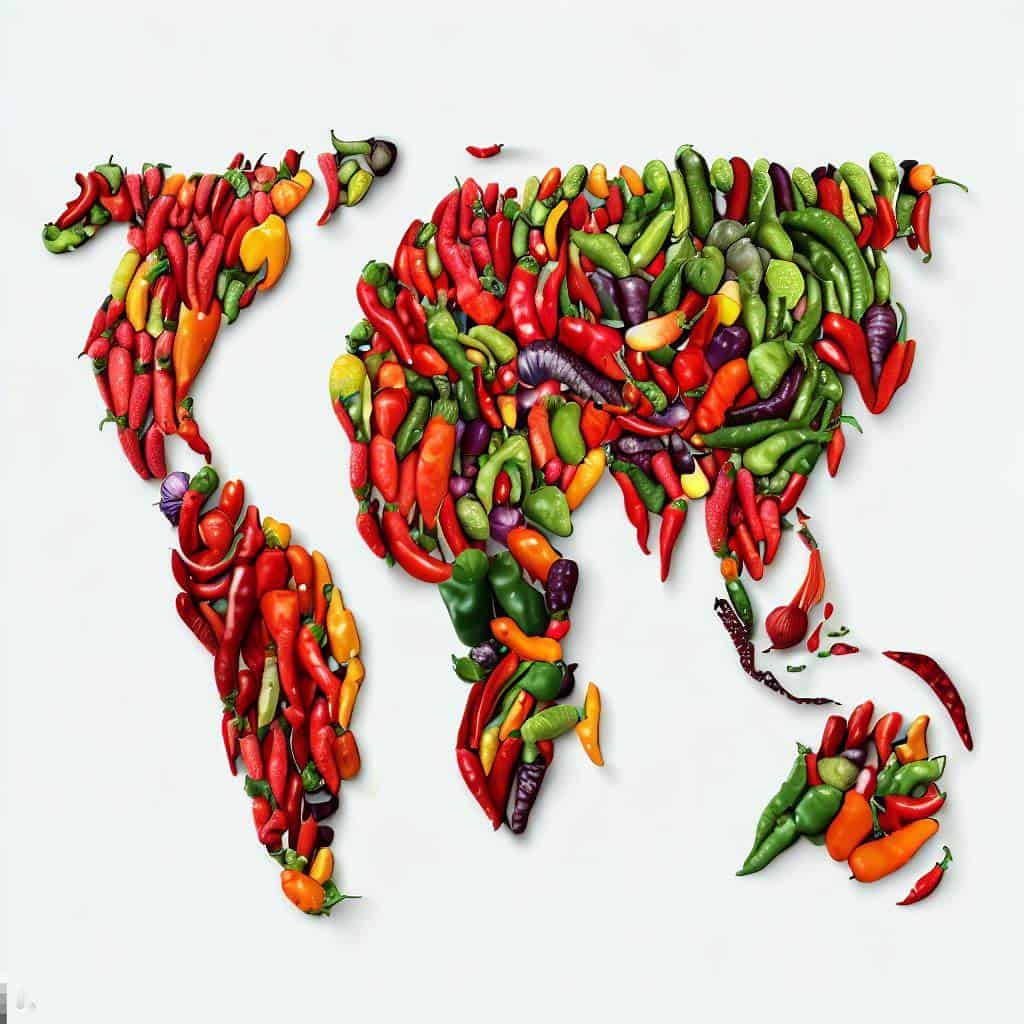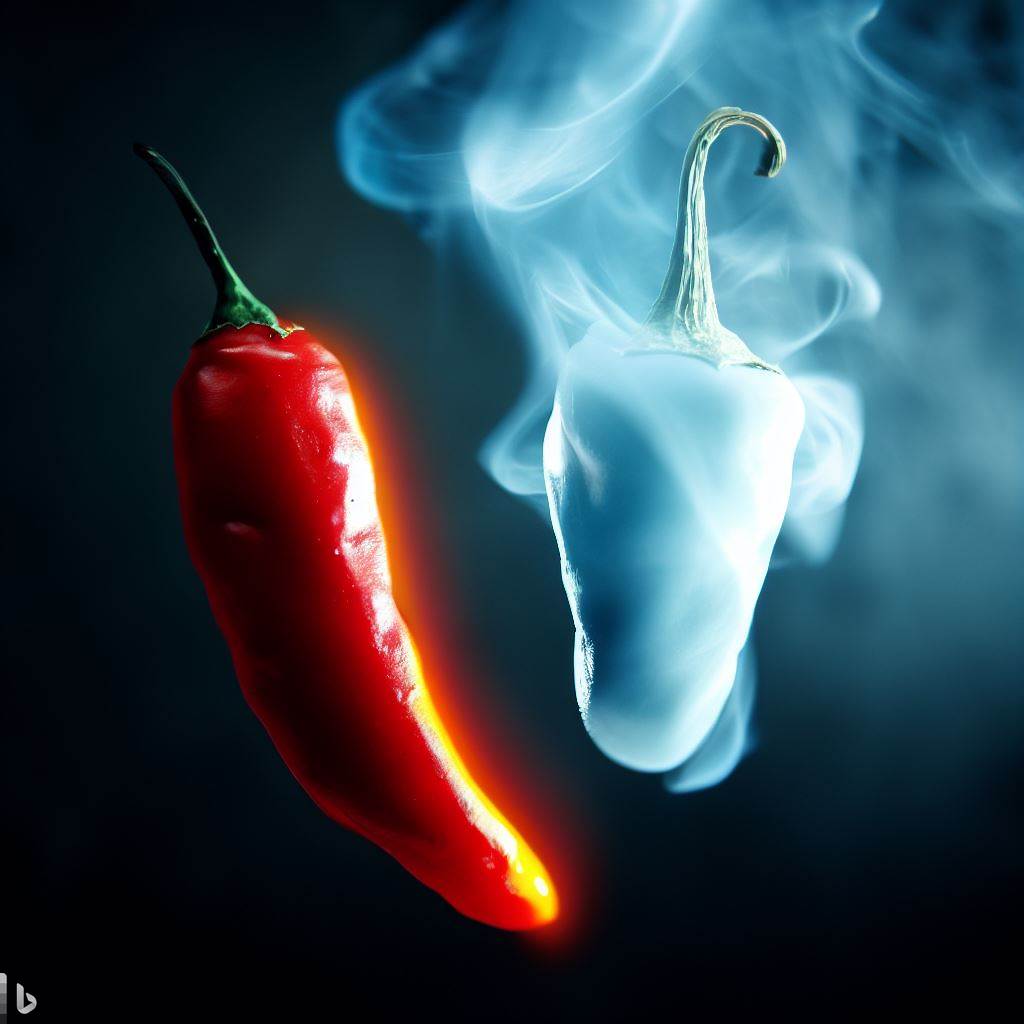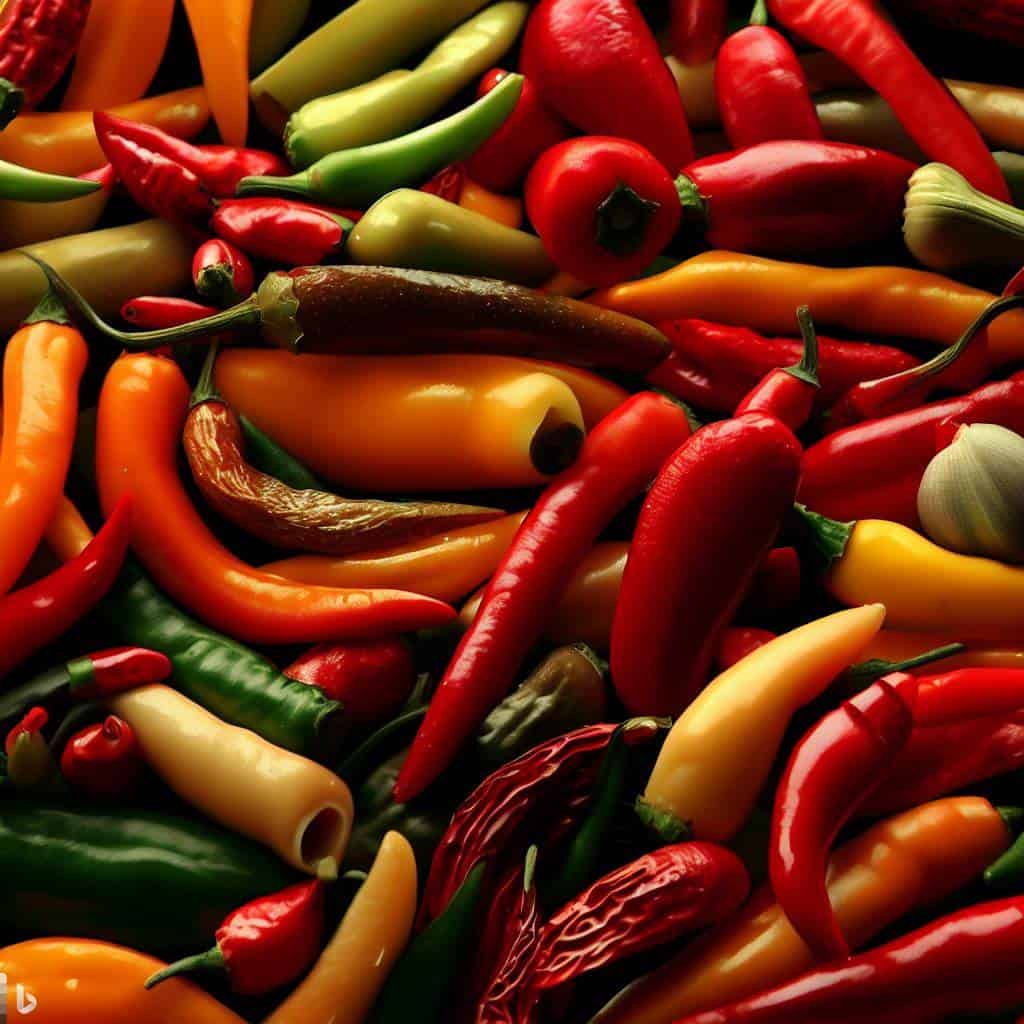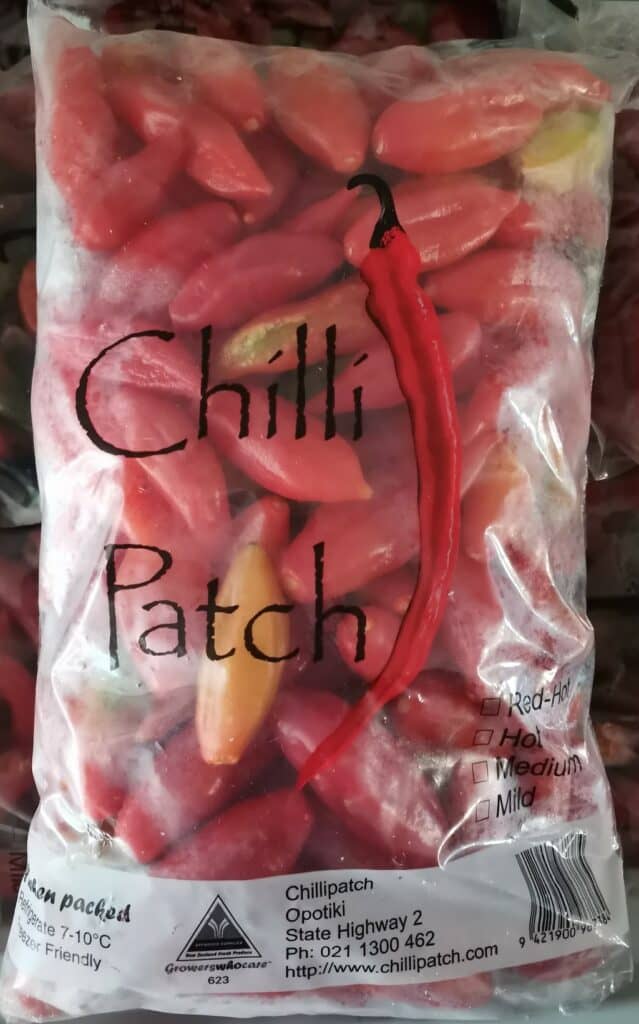PAT PILCHER tells you everything you need to know about those hot wee devils called chilli peppers in the third part of his chilli epic.
Winter. This means that, more often than not, it’s as cold as an Eskimo’s outhouse, so the need for warming food is great. The humble chilli is my go-to ingredient when cooking food that warms me up. Many Kiwis have an intense dislike or fear of them. Still, I think they’re one of the most amazing things to have ever come out of South America – they’re right up there with chocolate, potatoes, corn and, of course, tomatoes.
Further proof of this is the not-so-small fact that chillies are at the heart of many cuisines worldwide, ranging from spicy Indian curries to scorching Sichuan hot pots in China. Mexican food uses an improbable number of different chilli varieties. In short, chillies are fascinating, and they can add a unique flavour and heat. So why are so many Kiwis so frightened of them?
Here’s the thing, they are a fascinating fruit and deserve to be de-mystified. If you’ve ever wondered how chillies can be so hot, and if all chillies are el-scorchio, or what should you do if you ate a super-hot chilli and are breathing flames (or the next day lamenting Johnny Cash’s ditty, ‘The Ring Of Fire’), relax, I’ve put in the hard yards to research them for your edification.
And yes, chili peppers are indeed fruits, according to botanists. This is because they are the seed-bearing structures on flowering plants (cut one of these bad boys open, and you will see seeds), but trust me on this, whatever you do, don’t rub your eye, or have a pee after cutting chillies, thank you for attending my spicy Ted Talk! Ironically most chefs still consider the chilli as vegetables because they are often used as savoury ingredients rather than as a sweet standalone (but hot as hell) treat.
The heat from chillies comes from a compound called capsaicin, which is found in the white pithy part of the chilli pepper. When eaten, capsaicin binds to pain receptors on your tongue and mouth, causing a burning sensation. While no actual physical burning is happening, your nerves are left screaming to your brain that your mouth is on fire. The more capsaicin in a chilli, the hotter the chilli will be.
The heat of chillies is measured using the Scoville scale. Developed by pharmacist Wilbur Scoville in 1912, it quantifies the volume of capsaicinoids in a chilli. The scale ranges from 0 to 16 million Scoville heat units (SHU). For example, a sweet bell pepper has a Scoville rating of 0. The Carolina Reaper, one of the hottest chillies in the world, reaches an astounding 1.6 to 2.2 million SHU (having eaten one, I can attest that they were hot to the point of physical pain).
Suppose you’ve wolfed down that curry and are overwhelmed as the chilli’s heat causes you to sweat and your eyes to water. Your mouth feels like the inside of the Chernobyl nuclear reactor. In that case, the good news is that there are some simple food hacks for quickly cooling down.
One of the best tricks is to drink milk or other dairy products such as yoghurt. The casein protein found in milk dissolves capsaicin, providing quick relief. Yoghurt and ice cream are also excellent choices and work well too. Additionally, consuming foods that contain a high amount of fat, such as avocado or peanut butter, can help alleviate the burning sensation, as capsaicin is soluble in fat. If there’s no milk, yoghurt or peanut butter available, a pinch of sugar can also help cool things down.
One rookie mistake often made in the heat of the moment is drinking water. While it might offer temporary relief, it doesn’t neutralise capsaicin; worse still, it will spread it further around your mouth, making the burn even worse. If you’re dairy intolerant or vegan, try something acidic such as lemon or lime juice, which can also neutralise capsaicin (an alkaline).
People usually think chilli equals hot, but there are many chilli varieties, and many are valued not because of their heat, but because of the smoky, fruity or other delicate savoury flavours they can impart to some dishes. A poblano, for instance, has a delightful raisin-like fruitiness, while smoked paprika adds a wonderfully savoury hit to many dishes. The heat of a chilli is influenced by several factors. These include their genetics, growing conditions, and other environmental variables. The heat of a chilli is also influenced by ripeness. As chillies ripen, they usually get hotter because capsaicin levels increase as a chilli matures. So a green jalapeno pepper will be milder than a red jalapeno pepper.
The other fascinating thing about chillies are that they are strangely addictive. I don’t smoke and am not a big drinker, but chilli is my nicotine. If I go without chilli for more than 4-5 days, I become a cranky asshole until I get my fix of something hot and spicy. Chilli addiction isn’t something new. Take Ed Currie for example. He’s the creator of the Carolina Reaper chilli. He is a recovered drug and alcohol addict who has been sober for over 20 years. He credits much of his sobriety to a chilli addiction and his company, PuckerButt Pepper Company. Currie frequently explains that while eating a Carolina Reaper chilli can cause pain, it leads to an endorphin rush like a runner’s high.
The other big factor influencing chilli heat levels is cross-breeding and hybridisation techniques, which have created even hotter chilli varieties. Breeders like Ed Currie selectively cross different pepper types to enhance their capsaicin content. This has resulted in incredibly hot chillies such as the Carolina Reaper and the Trinidad Moruga Scorpion.
If you’re considering taking the plunge into the weird and wonderful world of chillies, here are a few tips for beginners. The good news is that you can build up a tolerance to chillies with repeated exposure to capsaicin. Start with milder peppers like poblanos and cubanelles before moving on to hotter ones like jalapenos and serranos. When your taste buds get accustomed to these, you can take it up a notch. The other trick is to take it slowly and gradually increase the amount and intensity of spiciness over time. This allows your body to get used to the sensation of spiciness and reduces the level of discomfort you may feel. Also, find friends or family who enjoy spicy foods and who can offer encouragement and support. There are a tonne of forums online too. That said, know your limits, as chilli tolerance differs from person to person and is influenced by genetics.
Would you like to support our mission to bring intelligence, insight and great writing to entertainment journalism? Help to pay for the coffee that keeps our brains working and fingers typing just for you. Witchdoctor, entertainment for grownups. Riveting writing on music, tech, hi-fi, music, film, TV and other cool stuff. Your one-off (or monthly) $5 or $10 donation will support Witchdoctor.co.nz. and help us keep producing quality content. It’s really easy to donate, just click the ‘Become a supporter’ button below.
















